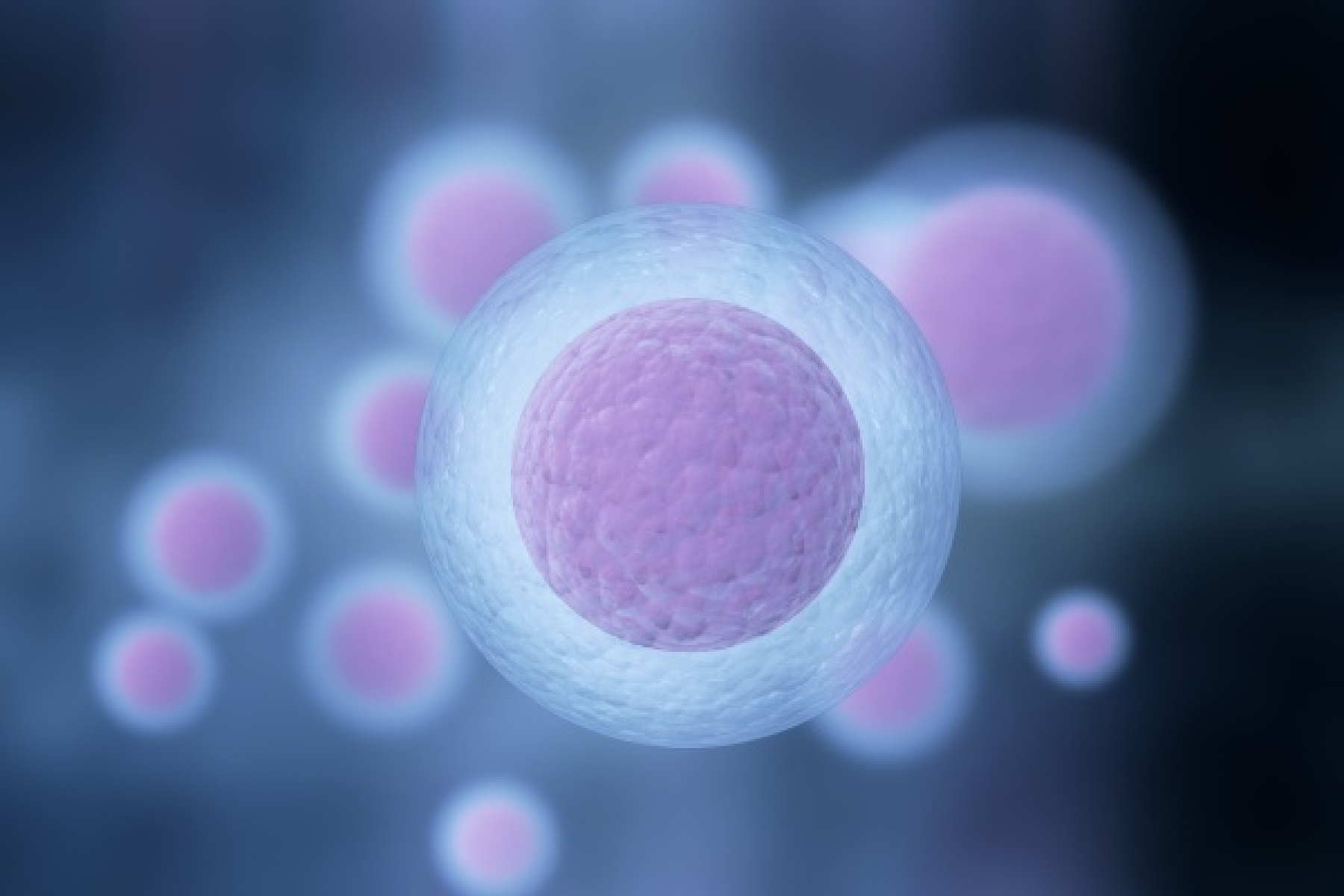
FEMALE FERTILITY PRESERVATION
Fertility preservation is a general term for the various techniques used to preserve gametes (spermatozoa or oocytes) by freezing them (cryopreservation) in order to postpone plans to have children.
In France, Female Fertility Preservation was initially reserved for women whose medical care was likely to affect their fertility (cancer treatments, for example) or whose fertility was at risk of being prematurely impaired by a disease (endometriosis, lupus). Since the revision of the bioethics law of 02 August 2021 (law no. 2021-1017 of 2 August 2021 on bioethics), which governs fertility treatment, any woman from the age of 29 and before the age of 37 (until her 37th birthday) can have access to oocyte self-preservation. Rightly or wrongly, this is known as societal fertility preservation. The technique involves harvesting oocytes after hormonal stimulation treatment, which are then frozen.
In France, only certain fertility centres are authorised by the ARS and the ABM to carry out oocyte freezing. These services must be attached to a CECOS: https://www.cecos.org/les-cecos/#annuairedescentrescecos
FERTILITY PRESERVATION: FOR WHO, WHAT TO EXPECT...
The subsequent effectiveness of oocyte freezing depends on the woman's age at the time of the ovarian puncture and the number of cryopreserved oocytes. It has been shown that for a woman under the age of 35, an average of around twenty frozen mature oocytes are needed to have a chance of around 80% of achieving a progressive pregnancy with birth.
It is therefore important to consider egg preservation as early as possible. Furthermore, to increase the number of cryopreserved oocytes, it is sometimes necessary to carry out 2 or 3 cycles of ovarian stimulation.
Cobo et al. 2018 Human Reprod
FIRST MEETING
An initial interview will be carried out to inform you of the course of treatment and possible care depending on your history, your medical and surgical history, and your expectations.
The consultation with the gynaecologist will provide an opportunity to discuss :
- the phenomenon of physiological ovarian ageing, the impact of certain underlying pathologies, treatments, or toxic substances on ovarian reserve. - the ovarian reserve, which reflects the stock of eggs still present in the ovaries at a given time. It will be assessed by taking blood samples and measuring the anti-Müllerian hormone (AMH) and counting the number of antral follicles on ultrasound performed by the gynaecologist.
Once the feasibility of the preservation protocol has been established, you will be offered a consultation with the CECOS biologists. During this interview, you will be given an explanation of how oocytes are frozen and how they are stored. We will also discuss the legal framework for operating oocytes. Currently, in France, oocytes can be operated on up to the age of 45.
HOW IT WORKS
The reference technique for oocyte self-preservation is based on controlled ovarian hyperstimulation, which leads to an oocyte puncture after around ten days:
- An ovarian stimulation protocol involves subcutaneous injections every evening for an average of ten days. During this period, regular monitoring by blood tests and ultrasound scans is necessary. - Following ovarian stimulation, an ovarian puncture is carried out under anaesthetic (local or general) and ultrasound monitoring. The punctured oocytes are then analysed in the laboratory and only mature oocytes can be cryopreserved. - The vitrification technique currently operated involves freezing oocytes ultra-fast by immersing them in liquid nitrogen at 196°C. - Like any surgical procedure, this puncture may involve certain risks, such as haemorrhage or infection, which are exceptional.
Here is an example of a protocol:
Each year, your fertility centre will ask you whether you intend to keep, operate or donate your frozen oocytes. They can be operated until your 45th birthday.
It is important to remember that oocyte freezing is not a guarantee of a successful pregnancy at a later date. For this reason, fertility preservation should not be used as an excuse to delay a spontaneous pregnancy for too long, especially as female fertility declines progressively from the age of 36, and markedly after the age of 40.
However, the latest scientific data are very reassuring. Only 11% of patients needed to re-use their oocytes after preservation.
Written by:
Dr. Grégoire Le Conte Obstetric gynaecologist
Last update: January 23, 2023